Menu
Consulting and assessment for business to cloud
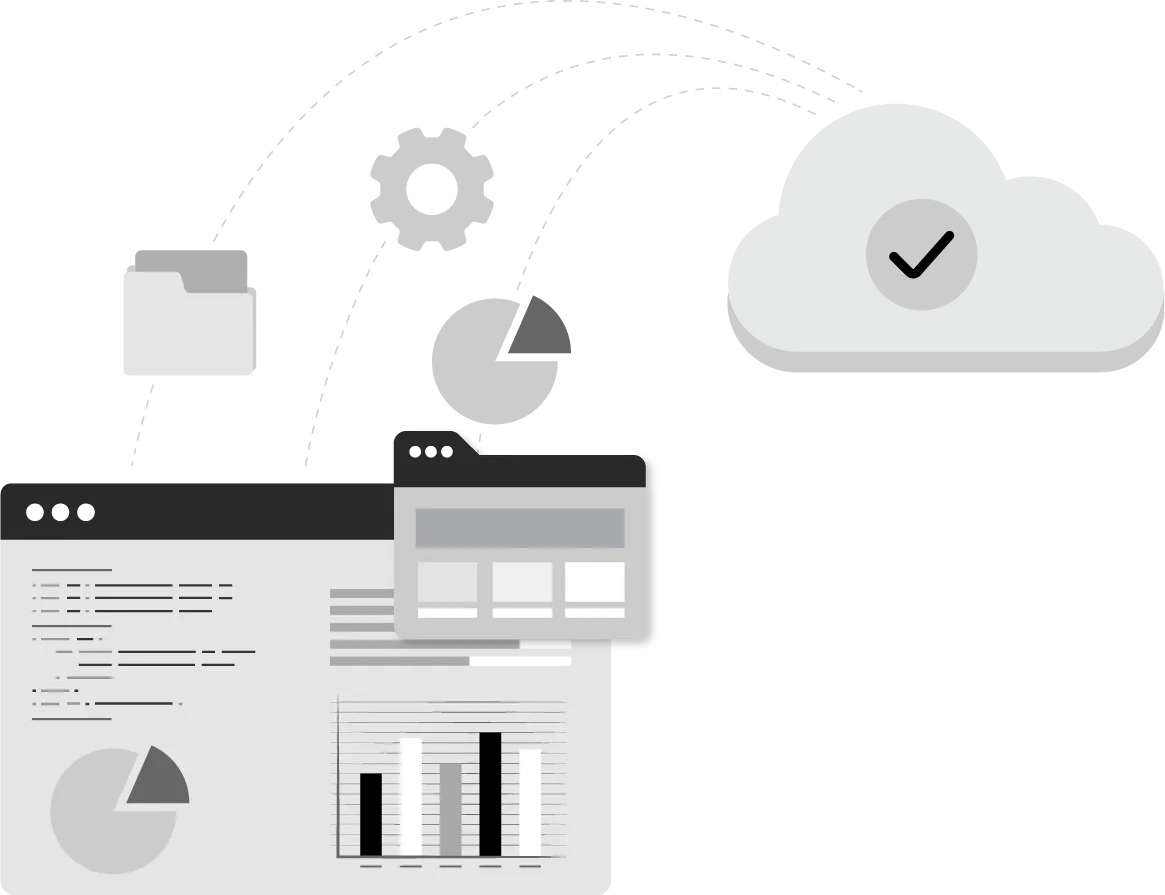







Cloud migration enables organizations to easily scale their infrastructure to meet the demands of a growing business, without the need for costly on-premises upgrades.

Cloud computing operates on a pay-as-you-go model, which can significantly reduce the costs associated with maintaining and upgrading on-premises IT infrastructure.

Cloud migration service providers offer a range of security measures to protect data and systems in the cloud, and can help organizations comply with industry-specific regulations.

Cloud platforms offer a wide range of capabilities, such as artificial intelligence and machine learning, that can be leveraged to drive innovation and increase competitiveness.
Engage with our expert consultants and discover how our tailored solutions can address your unique challenges.
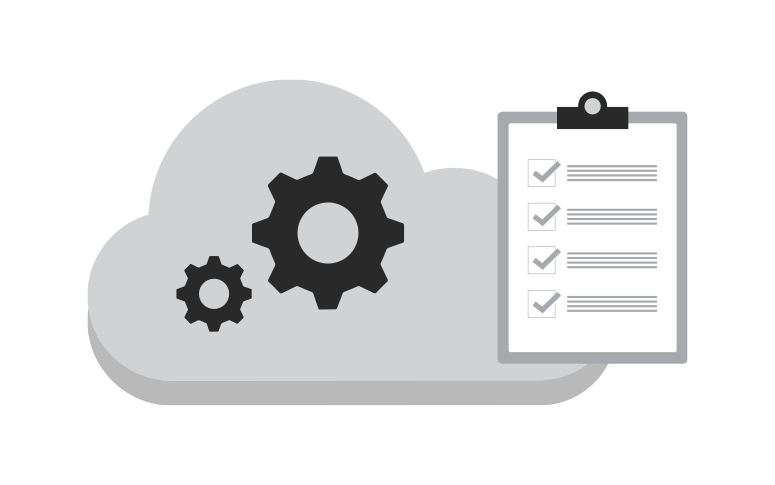
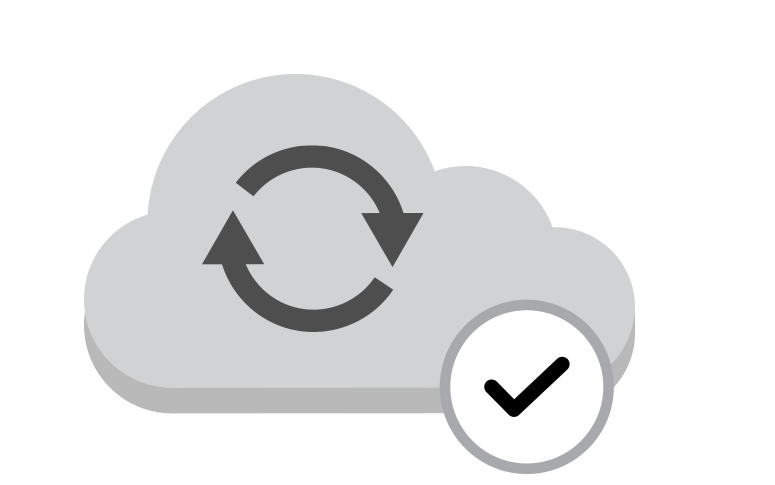
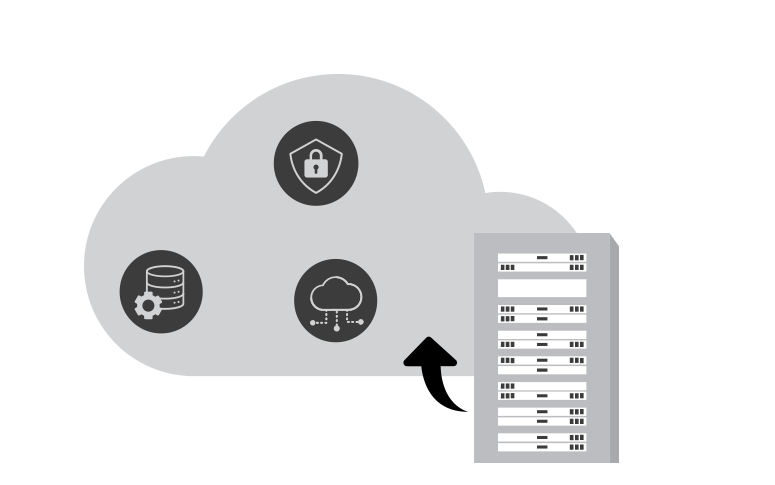
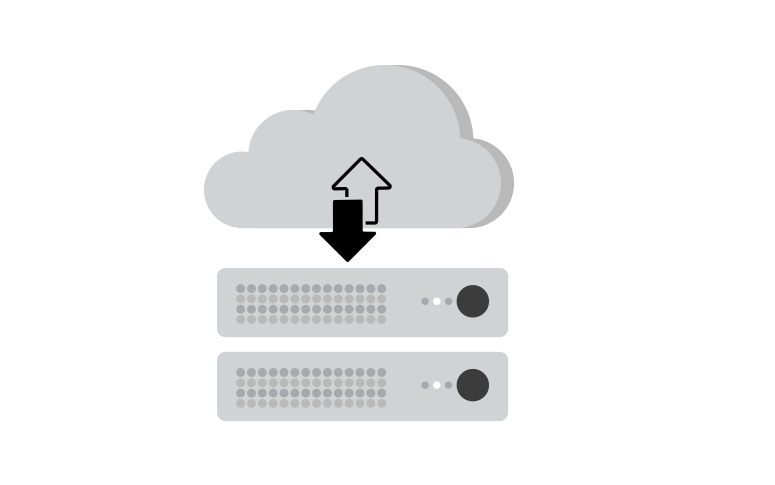

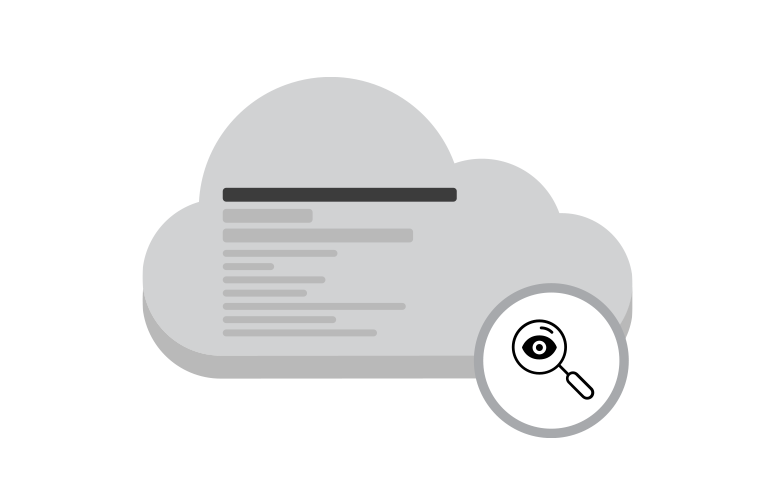
Engage with our expert consultants and discover how our tailored solutions can address your unique challenges.

Microsoft Azure Fast-track your hybrid cloud transformation to Microsoft Azure with security and confidence.

AWS accelerate faster adoption of AWS and infuse open innovation and intelligent workflows.

Google Cloud seize the full potential of Google Cloud Platform with artificial intelligence and improved resiliency.

Private Cloud help our cloud own their private cloud space by setting up & manage things for them.












Brentano Fabrics, located in the Northwest Chicago suburbs, manufactures and sells hundreds of fabrics and over 20 collections, displaying and selling from showrooms and sales offices in North America, Europe, and Asia…




Cloud migration allows businesses to easily scale up or down as needed, so they can handle fluctuations in demand without having to invest in new hardware.

Cloud migration can help businesses reduce costs by eliminating the need for on-premises infrastructure, and by taking advantage of the cost-saving features of the cloud.

Cloud providers typically have more advanced security features than traditional on-premises environments, which can help businesses better protect their data and applications.

Cloud migration can help businesses become more agile by allowing them to quickly and easily deploy new applications and services, and by enabling them to take advantage of the latest cloud technologies.

Cloud migration allows businesses to easily adapt to changing business needs, and to take advantage of the many options available in the cloud, such as different storage and compute options.

With cloud migration, teams can access and share data and applications from anywhere, which can improve collaboration and increase productivity.

Cloud migration can help businesses establish disaster recovery plans that are easy to implement, and that can minimize the risk of data loss in the event of an outage or other disaster.

This type of migration involves moving an application to the cloud without making any changes to its architecture or code. This is the quickest and easiest type of migration, but it may not take full advantage of the features and benefits of the cloud.

This type of migration involves making changes to an application’s architecture or code to optimize it for the cloud. This can include converting a monolithic application to microservices, or migrating a legacy application to a cloud-native platform.

This type of migration involves rearchitecting an application to take full advantage of the cloud. This can include breaking down a monolithic application into smaller, more manageable components, or creating new cloud-native applications.
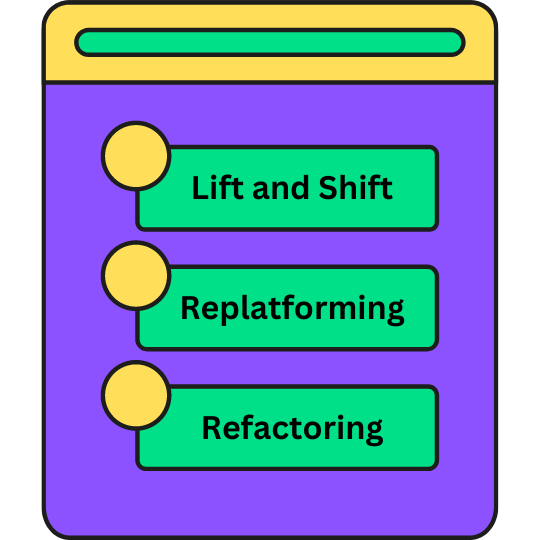

Look for a service provider with experience in migrating similar types of applications and data, and with a proven track record of successful migrations.

Choose a service provider that has expertise in the cloud platform you’re migrating to, so they can help you take full advantage of the platform’s features and benefits.

Make sure the service provider has a strong security program in place, and that they’re familiar with the security features of the cloud platform you’re migrating to.

Choose a service provider that will be available to provide ongoing support and maintenance, so you can keep your applications and data running smoothly after the migration.

Compare the costs of different service providers, and make sure the provider you choose offers competitive pricing and flexible pricing options.